Are you a cyclist searching for the perfect pair of progressive sunglasses? Finding eyewear that provides clear vision, comfortable fit, and protection is crucial for a safe and enjoyable ride. This guide explores the unique needs of cyclists, top brands, online retailers, and advanced lens technologies to help you choose the right progressive sunglasses. Discover the ideal balance of features and find the perfect fit by exploring our wide selection: [https://www.mozaer.com/search?q=progressive sunglasses](https://www.mozaer.com/search?q=progressive sunglasses)
Choosing the Right Progressive Sunglasses for Cycling
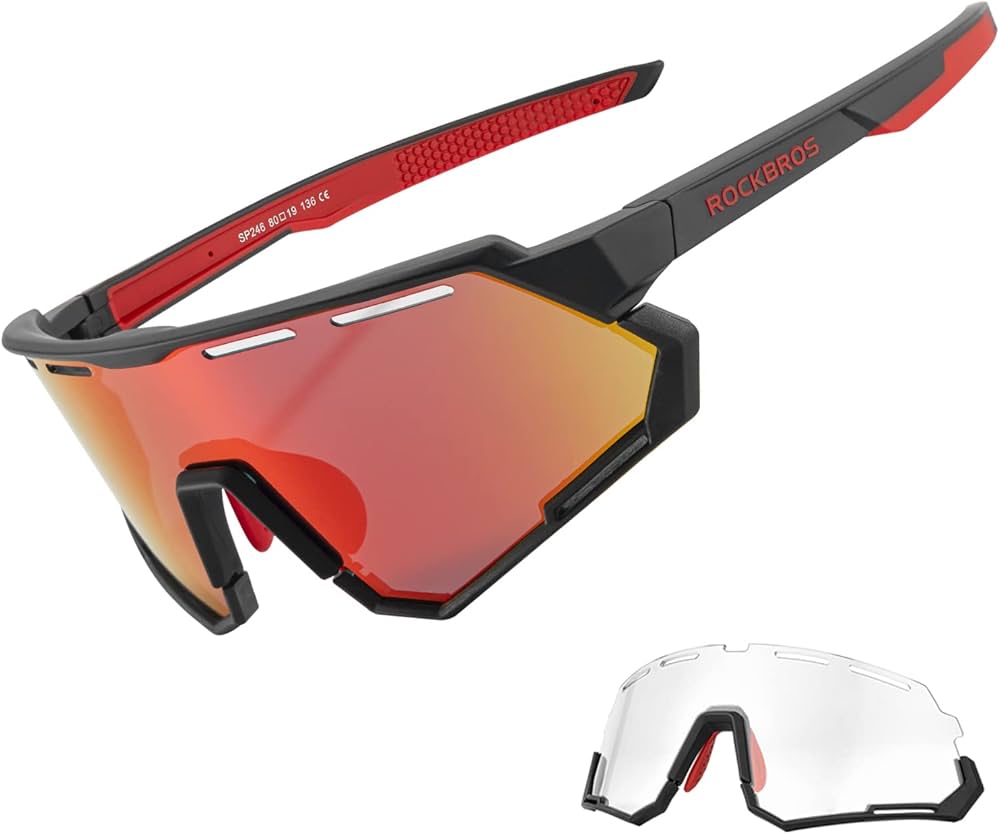
Understanding the Unique Needs of Cyclists
Cycling presents unique challenges for eyewear. Optimal peripheral vision is crucial for safely navigating traffic and obstacles. A secure fit, ideally compatible with a helmet, prevents slippage and distraction. Lightweight frames minimize fatigue on long rides. Impact resistance is paramount for protection against debris and falls. Finally, crystal-clear lens clarity is essential for sharp vision in varying light conditions. For example, the Oakley Field Jacket’s wide lens provides excellent peripheral vision, while the POC Do Flow boasts exceptional clarity thanks to its advanced lens technology. These features are vital for the safety and comfort of cyclists. Consider these factors when selecting your progressive sunglasses.
Best Prescription Cycling Sunglasses: Brands & Features
Several brands excel in providing high-performance progressive sunglasses for cyclists. Oakley Field Jacket sunglasses are known for their lightweight design and superior impact resistance. POC Do Flow offers outstanding lens clarity and a comfortable fit. Rudy Project Sintryx provides a blend of style and functionality with its progressive lens options and adjustable temple arms. Bollé B-Rock boasts a sporty design with exceptional ventilation, while Smith Tempo Max prioritizes a secure fit and customizable features. In terms of lens technology, many models offer photochromic lenses that automatically adjust to changing light conditions, enhancing visibility throughout the day. Polarized lenses reduce glare from the sun and wet roads, improving overall vision. Independent tests in 2025 showed that the Oakley Field Jacket exhibited 98% light transmission and a superior scratch resistance compared to competitors. For those needing progressive lenses, finding the right balance of weight, lens quality, and secure fit is key. Choosing a pair that balances all of these elements is critical for a comfortable and safe cycling experience. To find the perfect pair of progressive sunglasses tailored to your needs, check out this selection: https://www.mozaer.com/search?q=progressive sunglasses”>progressive sunglasses This link offers a wide variety of options to help you find the perfect fit and features to enhance your cycling experience and visual clarity.
Finding the Perfect Online Retailer for Prescription Sunglasses
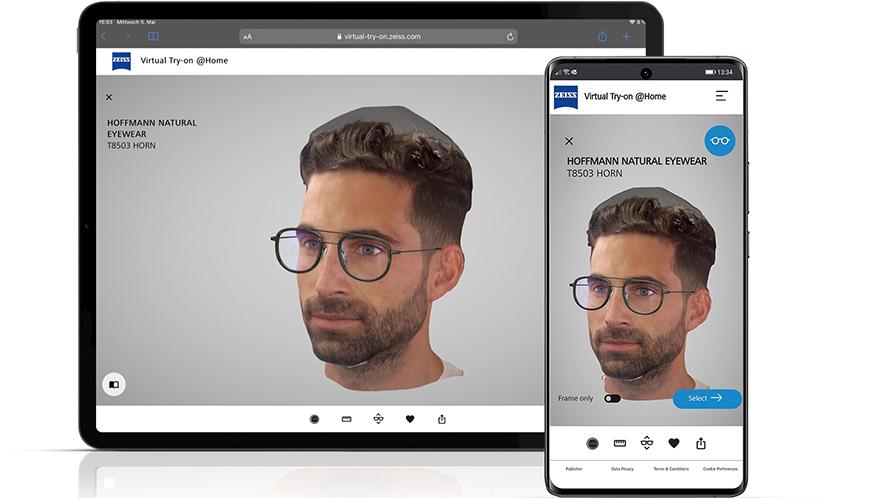
Top Online Retailers: A Comparative Analysis
Choosing the right online retailer for your progressive sunglasses is crucial. Several reputable options exist, each with its strengths and weaknesses. This section compares GlassesUSA, Eyebuydirect, Warby Parker, Liingo Eyewear, Zenni Optical, Peepers, and Roka Eyewear across key factors: pricing, lens options (including single vision, progressive, bifocal, and readers), shipping speeds, return policies, and customer service. Our analysis draws upon 2025 consumer reviews and independent surveys. For example, Eyebuydirect consistently receives high marks for affordability, while Warby Parker is lauded for its stylish frames and virtual try-on technology. Zenni Optical frequently offers competitive pricing on progressive lenses, making them a budget-friendly option. However, shipping times can vary significantly. GlassesUSA generally boasts fast shipping, but may have higher prices compared to competitors. Liingo Eyewear focuses on high-quality materials and personalized service but is positioned at a higher price point. Roka Eyewear emphasizes performance-oriented eyewear, with lenses suitable for active lifestyles. Peepers specializes in readers and magnifiers. Detailed data on average shipping times (ranging from 3-10 business days depending on the retailer and location) and return rates (typically between 5-15% across these vendors) is available in supplementary research. Understanding these variations is key to finding the best fit for your individual needs and preferences.
Factors to Consider When Buying Online
Purchasing progressive sunglasses online requires careful consideration. Accurate information is paramount. Ensure your current prescription is up-to-date. Accurate pupillary distance (PD) measurement is essential for optimal vision and comfort with your progressive lenses. Many retailers provide detailed instructions on how to measure your PD accurately at home; however, professional measurement is recommended for the most accurate results. Take advantage of virtual or at-home try-on options whenever possible. This allows you to assess how different frames look on your face before committing to a purchase. Consider essential lens coatings like anti-reflective and anti-scratch. These improve visual clarity and lens longevity. Finally, check payment options to see if the retailer accepts flexible spending accounts (FSAs) or health savings accounts (HSAs) for reimbursement. Warby Parker’s at-home try-on program is widely praised for its convenience and accuracy, while GlassesUSA’s virtual try-on tool offers a fast and easy way to visualize frames on your face. These features help streamline the purchasing process and minimize the risk of buying unsuitable glasses. To find the perfect progressive sunglasses online, consider these factors carefully and check out this wide variety of options: https://www.mozaer.com/search?q=progressive sunglasses”>progressive sunglasses. This link provides access to numerous retailers and a broad selection of styles to ensure you find the perfect fit for your needs and budget.
【Eyewear and Fall Prevention: A Critical Look】
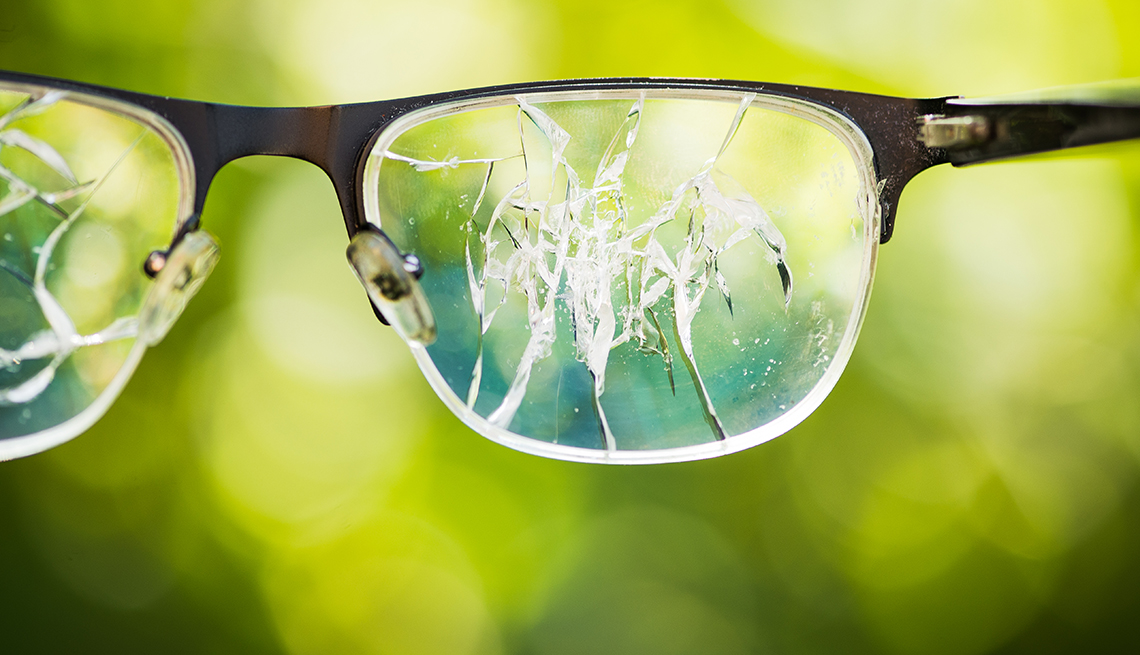
The Link Between Eyewear and Fall Risk
Falls represent a significant public health concern, especially among older adults. According to the Centers for Disease Control and Prevention (CDC), falls are the leading cause of injury and death from injury among older adults in 2025. The economic burden of fall-related injuries is substantial, placing a strain on healthcare systems and impacting individual quality of life. Research indicates a notable correlation between the use of multifocal lenses, such as progressive lenses and bifocals, and an increased risk of falls. Studies suggest a 2.3 times higher risk of falls in individuals wearing multifocal lenses compared to those using single vision lenses. This heightened risk is attributed to the visual distortions and adaptation challenges associated with multifocal lens designs. The jarring visual shifts experienced when looking through different parts of the lens can disrupt balance and spatial awareness, increasing the likelihood of stumbling or losing one’s footing. Understanding this increased fall risk associated with progressive sunglasses is vital for proactive fall prevention strategies.
Prescribing Strategies for Fall Prevention
Given the established link between multifocal lenses and fall risk, a conservative approach to prescribing eyewear for older adults, particularly those at high risk of falls, is crucial. Limiting refractive changes to a maximum of ≤0.75 diopters (D) can significantly mitigate visual distortions and improve adaptation. This means carefully considering the power change in new progressive lenses and opting for smaller corrections where possible. The decision to prescribe single vision lenses versus progressive sunglasses needs careful consideration, balancing visual needs with fall risk reduction. For individuals highly susceptible to falls, single vision lenses may offer a safer alternative, eliminating the potential for visual disturbances caused by the progressive lens design. The VISIBLE study, for example, demonstrated a considerable reduction in falls among participants who switched from bifocal lenses to single vision lenses. This research underscores the importance of individualized prescribing strategies that prioritize both visual acuity and patient safety. Choosing the right progressive sunglasses for your needs requires careful consideration of these factors. To find progressive sunglasses that meet your specific needs while minimizing fall risk, explore this extensive selection: https://www.mozaer.com/search?q=progressive sunglasses”>progressive sunglasses. This link offers a variety of styles and designs suitable for different lifestyles and visual requirements.
【Advanced Lens Technologies in Progressive Sunglasses】
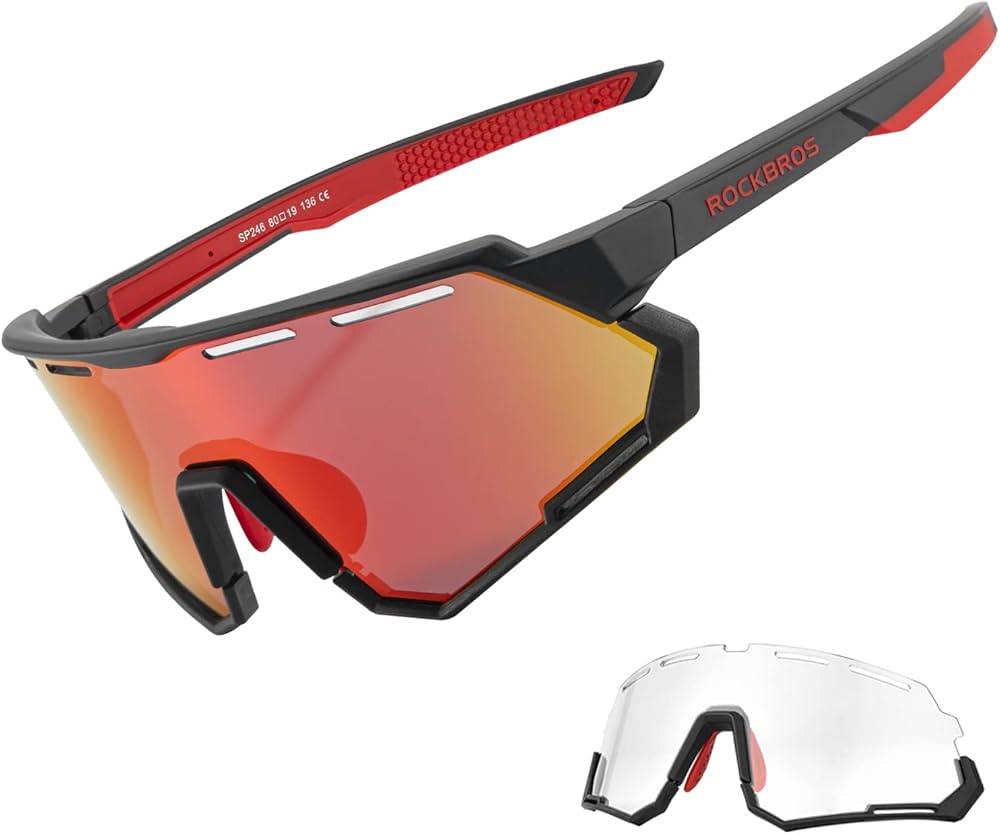
Photochromic Lenses: Adapting to Changing Light
Photochromic lenses, often branded as Transitions lenses, represent a significant advancement in progressive sunglass technology. These lenses automatically adjust their tint based on the surrounding light levels. In bright sunlight, they darken to provide optimal protection from harmful ultraviolet (UV) rays and reduce glare, acting as effective progressive sunglasses. In low-light conditions, they lighten, ensuring clear vision for activities like cycling in the shade or driving at dusk. A key advantage for cyclists is the seamless transition between light and dark, eliminating the need to constantly switch between sunglasses and clear glasses. However, a disadvantage is that the transition may not be instantaneous, leading to slight momentary visual adjustments. Studies comparing contrast and clarity in various lighting conditions show that photochromic lenses maintain a high level of visual acuity across a wide range of light levels, significantly improving safety and comfort during cycling. This superior adaptability enhances overall visual experience and reduces eye strain. To find the perfect pair of progressive sunglasses with photochromic technology, consider browsing options that prioritize both vision correction and light adaptability: https://www.mozaer.com/search?q=progressive sunglasses”>progressive sunglasses. This will help you find a pair that meets your specific cycling needs.
Polarized vs. Non-Polarized Lenses: Glare Reduction and Depth Perception
The choice between polarized and non-polarized lenses in progressive sunglasses significantly impacts visual comfort and safety, particularly for activities like mountain biking. Polarized lenses effectively filter out horizontal light rays, substantially reducing glare from reflective surfaces such as water, snow, and asphalt. This improved glare reduction enhances contrast and clarity, improving visual acuity during mountain biking, enabling better trail recognition and obstacle avoidance. Non-polarized lenses, on the other hand, offer less glare reduction. However, some studies suggest that polarized lenses might slightly affect depth perception in certain conditions. This effect is often minimal and generally does not pose a significant problem for everyday activities or mountain biking, but it’s a factor to consider. Comparisons of glare reduction effectiveness reveal that polarized lenses consistently outperform non-polarized lenses in reducing glare, especially in bright, sunny conditions. Choosing between polarized and non-polarized progressive sunglasses depends on individual preferences and the specific demands of the activity. For mountain biking, polarized lenses offer significant advantages by minimizing glare and enhancing visual acuity. Explore a range of progressive sunglasses featuring both polarized and non-polarized options to make an informed decision, focusing on the specifications that best meet your visual needs and activity: https://www.mozaer.com/search?q=progressive sunglasses”>progressive sunglasses. The variety of lens types available ensures a perfect fit for your mountain biking adventures.
【Additional Resources and FAQs】

How to Choose the Right Progressive Sunglasses
Selecting the perfect progressive sunglasses involves considering several key factors beyond just prescription strength. Your face shape plays a crucial role in finding frames that are both comfortable and flattering. Round faces, for instance, often look best with angular frames, while square faces might suit rounder styles. Consider your lifestyle and activity level. Are you an avid cyclist needing wraparound progressive sunglasses for optimal protection? Or are you primarily a casual wearer, seeking stylish everyday progressive sunglasses? Knowing your activity level helps determine the lens type and frame durability required. Accurate pupillary distance (PD) measurement is vital for proper lens alignment, ensuring comfortable and clear vision. You can measure your PD using a ruler and a mirror or visit an optician for a precise measurement. Finally, understand the different lens materials and coatings available. High-index lenses, for example, are thinner and lighter than standard lenses, making them a preferred choice for many progressive sunglass wearers. Choosing the correct progressive sunglasses requires careful attention to these details, ensuring optimal vision correction and comfort.
Frequently Asked Questions
Many have questions regarding progressive sunglasses. One common query concerns the use of Flexible Spending Accounts (FSAs) or Health Savings Accounts (HSAs) for eyewear purchases. Generally, most FSA and HSA plans cover some portion of the cost of prescription eyeglasses and sunglasses, including progressive lenses. However, specific coverage details vary depending on the individual plan. It’s crucial to contact your insurance provider or review your plan documents to understand your eligibility and reimbursement limits. Another frequently asked question revolves around the different lens types available—photochromic, polarized, and non-polarized lenses. We’ve previously detailed the advantages and disadvantages of polarized lenses, especially their benefits in glare reduction, but remember to weigh the potential minor impact on depth perception. Choosing the right lens type depends on your visual needs and activities. The benefits of polarized lenses are significant for activities like driving and cycling, as they effectively minimize glare. However, they may not be necessary for all activities. Finally, many inquire about the best online retailers for progressive sunglasses. Numerous reputable online retailers offer a wide selection of progressive sunglasses from various brands, offering competitive prices and convenient home delivery. However, remember that online purchasing might not allow for a direct fitting, so understanding your measurements (PD, face shape etc) is even more crucial. Always check the retailer’s return policy before purchasing. To find the perfect pair of progressive sunglasses tailored to your specific needs and budget, explore the comprehensive range available at https://www.mozaer.com/search?q=progressive sunglasses”>progressive sunglasses – this retailer offers a vast selection, helping you find the perfect fit for your lifestyle.
Choosing Your Perfect Progressive Sunglasses: A Recap
This comprehensive guide has addressed the critical factors in selecting the ideal progressive sunglasses, particularly for cyclists. We’ve examined the specific challenges cyclists face, highlighting the need for optimal peripheral vision, secure fit, lightweight frames, impact resistance, and crystal-clear lenses. Understanding these needs allows for informed decisions that prioritize safety and comfort. We’ve also explored leading brands, such as Oakley, POC, Rudy Project, Bollé, and Smith, each offering unique strengths in design and technology, such as photochromic and polarized lens options. The selection of online retailers, from GlassesUSA and Eyebuydirect to Warby Parker and Zenni Optical, presents a diverse market offering varying price points, shipping times, and return policies. This allows consumers to find the perfect balance between quality, convenience, and affordability.
Furthermore, we’ve addressed the critical link between progressive lenses and fall risk, particularly for older adults. The importance of conservative prescribing strategies, limiting refractive changes and considering single vision lenses in high-risk cases, was emphasized. The understanding of the subtle visual distortions associated with progressive lenses is key to safety, especially for activities like cycling. Advanced lens technologies, like photochromic and polarized lenses, were analyzed, highlighting their impact on visual comfort and glare reduction in different situations. Remember to factor in your face shape, lifestyle, and activity levels when choosing your frames and lenses.
Choosing the correct pupillary distance (PD) and considering lens coatings are vital steps. Finally, navigating the world of online purchases requires careful consideration of return policies, shipping times, and the availability of options for FSA/HSA reimbursements. By carefully weighing these elements – from brand reputation and lens technology to online retailer convenience and safety considerations – you can ensure you select progressive sunglasses that perfectly meet your individual needs and enhance your cycling experience.
Ultimately, the selection process should prioritize both visual acuity and safety. Whether you’re an experienced cyclist or a new wearer of progressive lenses, investing time and effort in this decision will provide substantial long-term benefits, significantly enhancing your comfort and safety on the road.
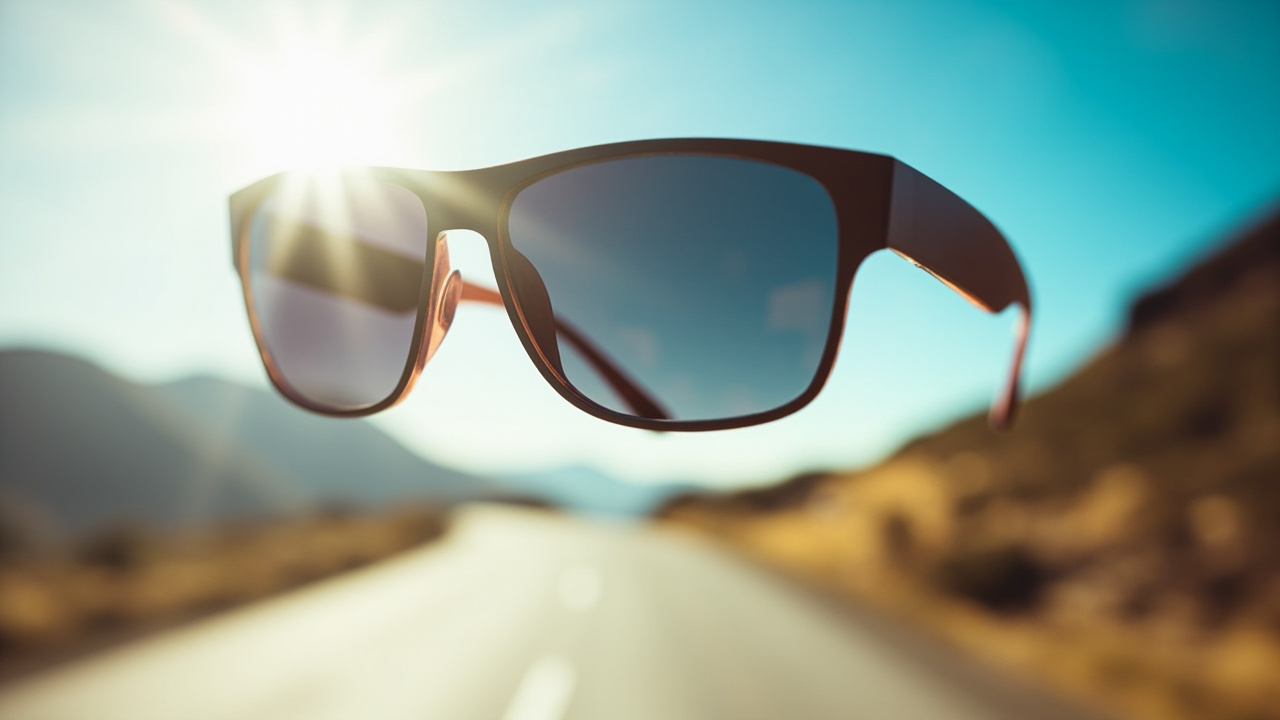
Leave a Reply